At first blush, it may be surprising to learn about the long history of food playing a role in conflict. But in fact, it’s quite commonplace. Here are all the times food started a war.
Honey Sparked Conflict Between Missouri and Iowa
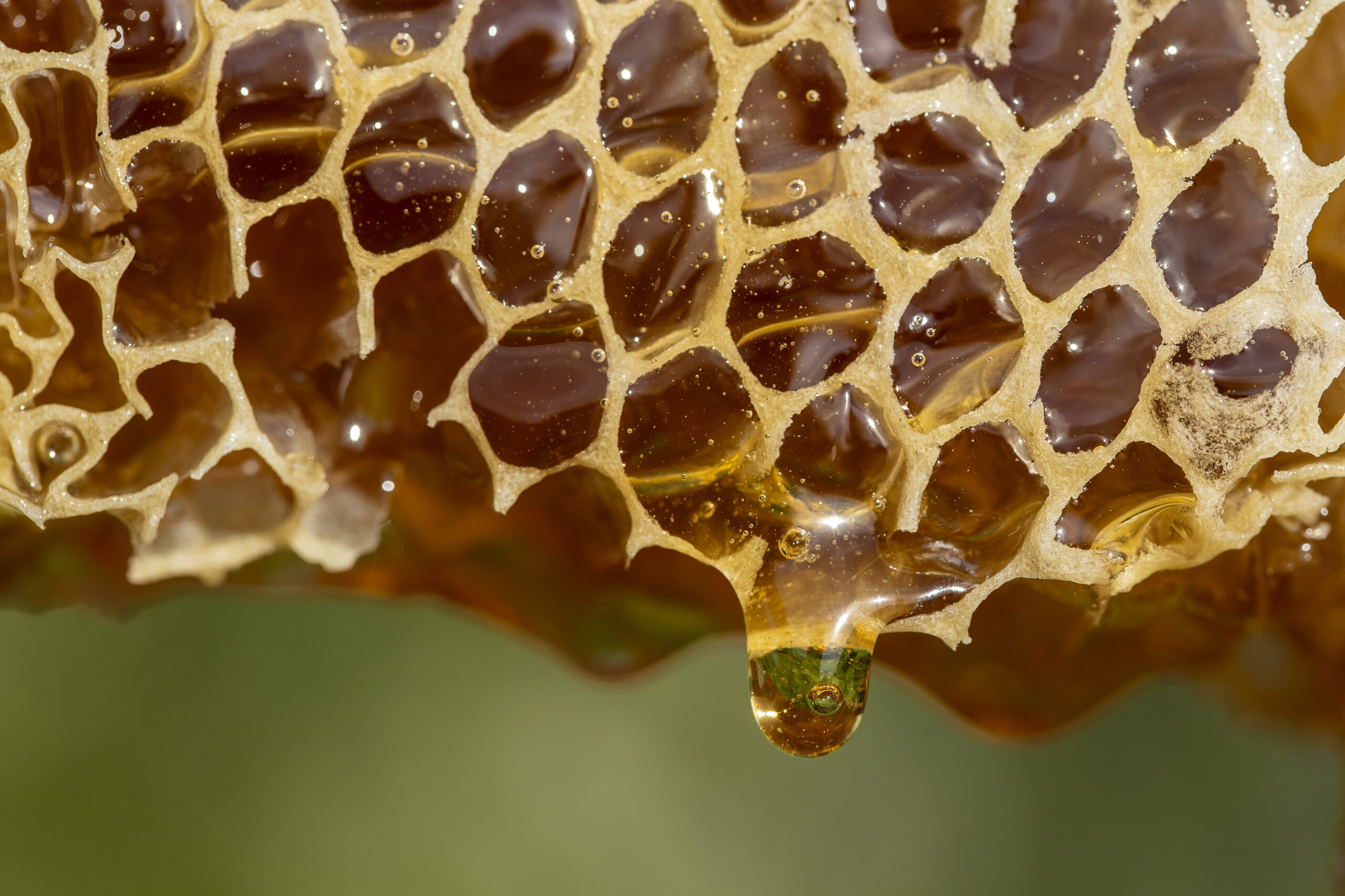
In 1816, a surveyor set out to mark the border between Missouri and Iowa. Unfortunately, he made a mistake that led to some serious border conflicts.
Missouri and Iowa both laid claim to a particular stretch of land that happened to contain trees laden with wild bees and honey. And those were valuable.
Both states readied their militias, but fortunately, they never came to blows. A Supreme Court decision in 1849 finally put the issue to rest for good.
Bread Started the French Revolution

Marie Antoinette probably didn’t really say, “Let them eat cake,” in response to her people’s lack of bread. However, the tension between the classes was real.
Prior to 1788, an average worker spent half a day’s wages on bread. But when a grain crop failure caused prices to spike, that shot to 90%.
This resulted in the “Bread Riots,” which were organized as nonviolent protests of bread prices. When that didn’t work, a full-on uprising led to the French Revolution.
Tea Lit the Fuse for the American Revolution

The Boston Tea Party is only one of the moments that led to the colonial fight for independence. But it represents the causes of the war.
In response to British control and pricing of tea, a group of colonists known as the Sons of Liberty took direct action on December 16, 1773.
Dressed as Native Americans, the Sons of Liberty boarded East India Company ships. They then destroyed their stores of tea, dumping them into the Atlantic Ocean.
There Was a Pastry War Between France and Mexico

Directly following the war, looting and street fighting between government officials and rebels continued on. One alleged victim was a French pastry chef and shopkeeper.
He claimed that Mexican Army officials had ransacked his shop. When the newly formed Mexican government ignored his claims, he turned to French King Louis-Philippe.
The pastry chef’s claim was the final straw for France, who claimed they were owed 600,000 from Mexico. France laid siege to Veracruz, and Mexico finally acquiesced.
The Pig War Between the US and Britain Started Over a Pig
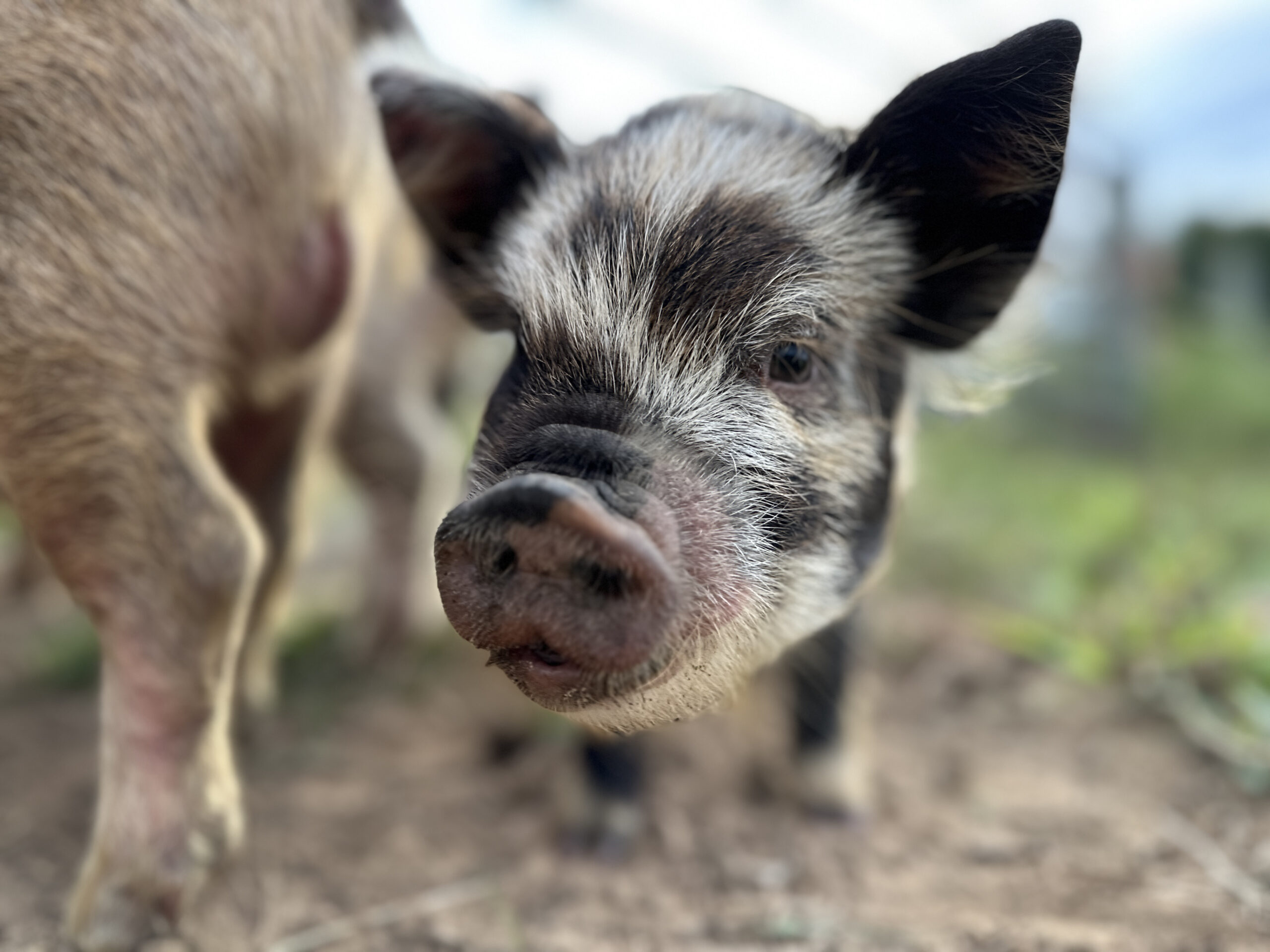
On June 15, 1859, a settler named Lyman Cutlar shot and killed a pig that was raiding his garden. This was a big problem because the big was British-owned.
It happened on the island of San Juan off the coast of Washington state. Both the British and the Americans claimed the island as their own.
The British government saw Cutlar and other settlers like him as squatters on their territory. They threatened arrests, which led to a heated fight over the land.
Salt Started a War Between the Pope and Perugia, Italy

In 1540, the Italian city-state of Perugia went to war against Pope Paul III because the Pope had imposed a heavy salt tax. Both sides prepared for battle.
In the end, the Pope won. Modern Perugians claim their tradition of making saltless bread, which they call pane sciapo, is a continued symbol of defiance.
However, other Italian regions also make their own saltless bread. So historians doubt the war against Pope Paul III is the only reason Perugians enjoy pane sciapo.
Gandhi Led Indians On a March in Protest of Salt Taxes
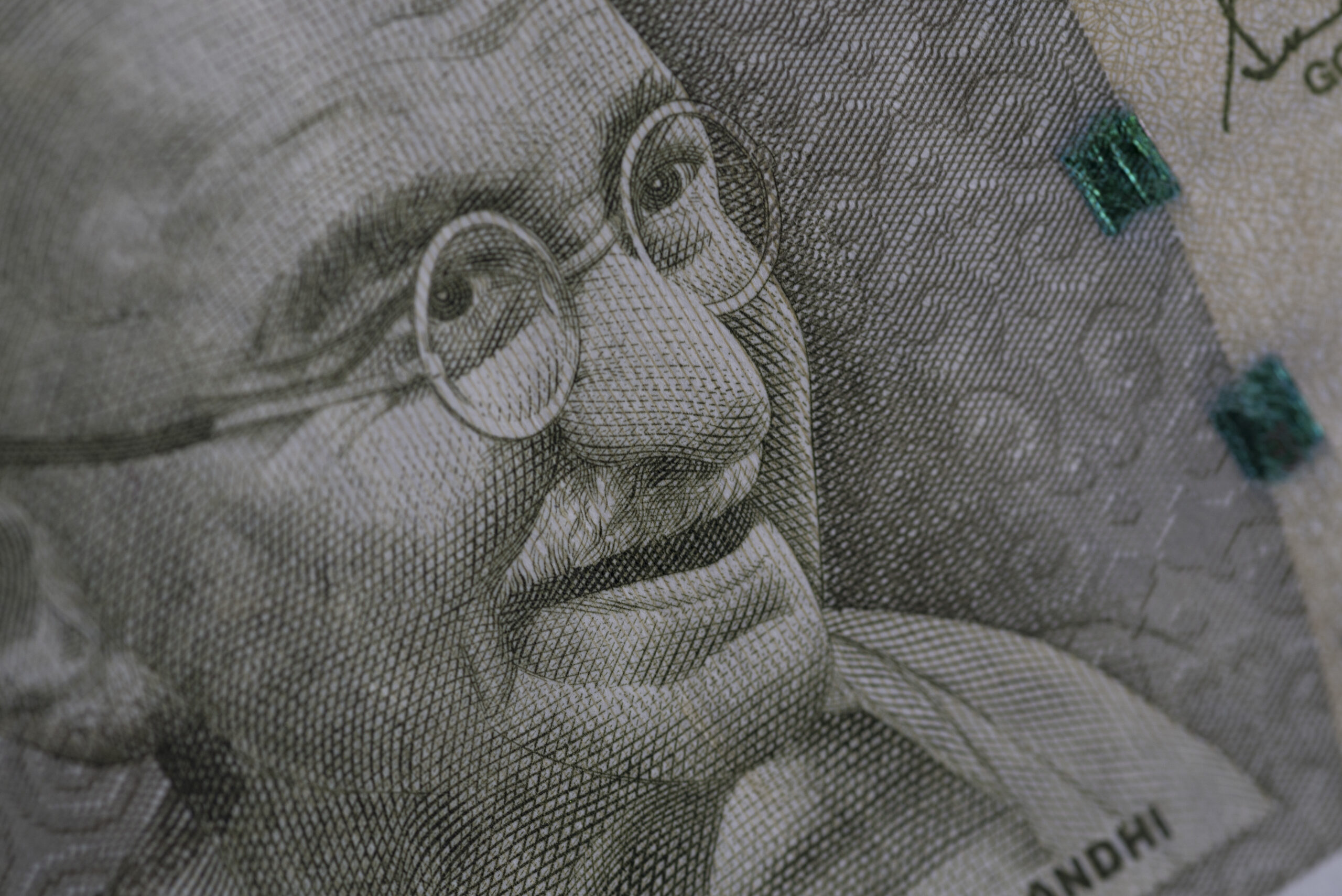
In 1930 in India, Gandhi led an act of civil disobedience in protest of British control and taxation of salt. Salt was vital to his people’s survival.
Protesters marched some 240 miles in defiance of a British law that kept Indians from collecting or selling salt. This was in addition to a salt tax.
Though he was eventually arrested for the act of harvesting salt, Gandhi’s Salt March led to acts of civil disobedience across India and eventually to Indian independence.
Salt Played a Role in the French Revolution
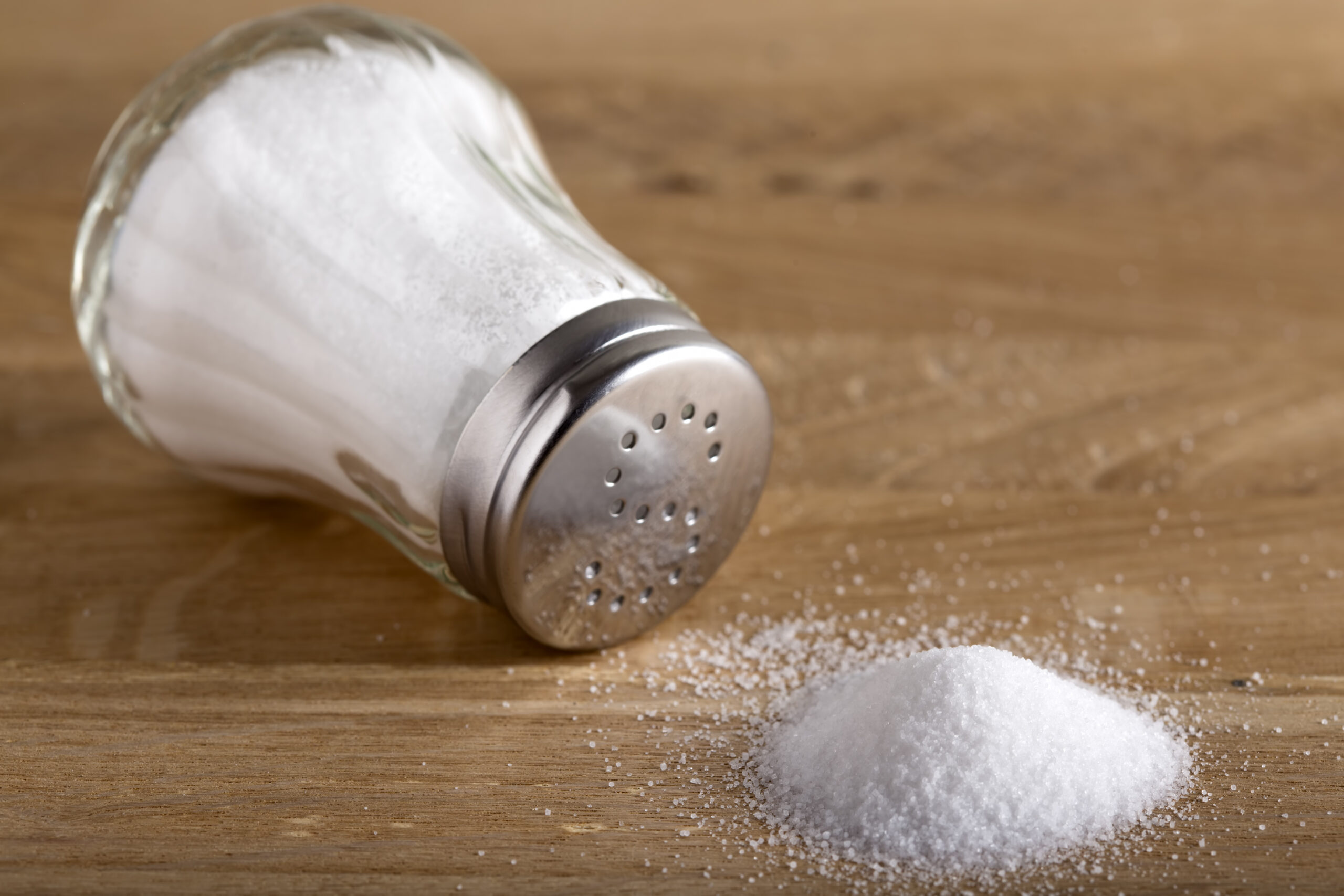
Working-class French men and women weren’t just angry about the rising cost of bread in the lead-up to the French Revolution. There was also salt.
An unpopular tax on salt, known as the gabelle, disproportionately affected France’s poorer citizens. This salt tax, in addition to bread prices, sowed discontent in France.
As you can see, wars over salt have been unbelievably common throughout history. It makes sense: salt is a natural resource, and it was once extremely valuable.
Blue Crabs Inspired Clashes Between North and South Korea
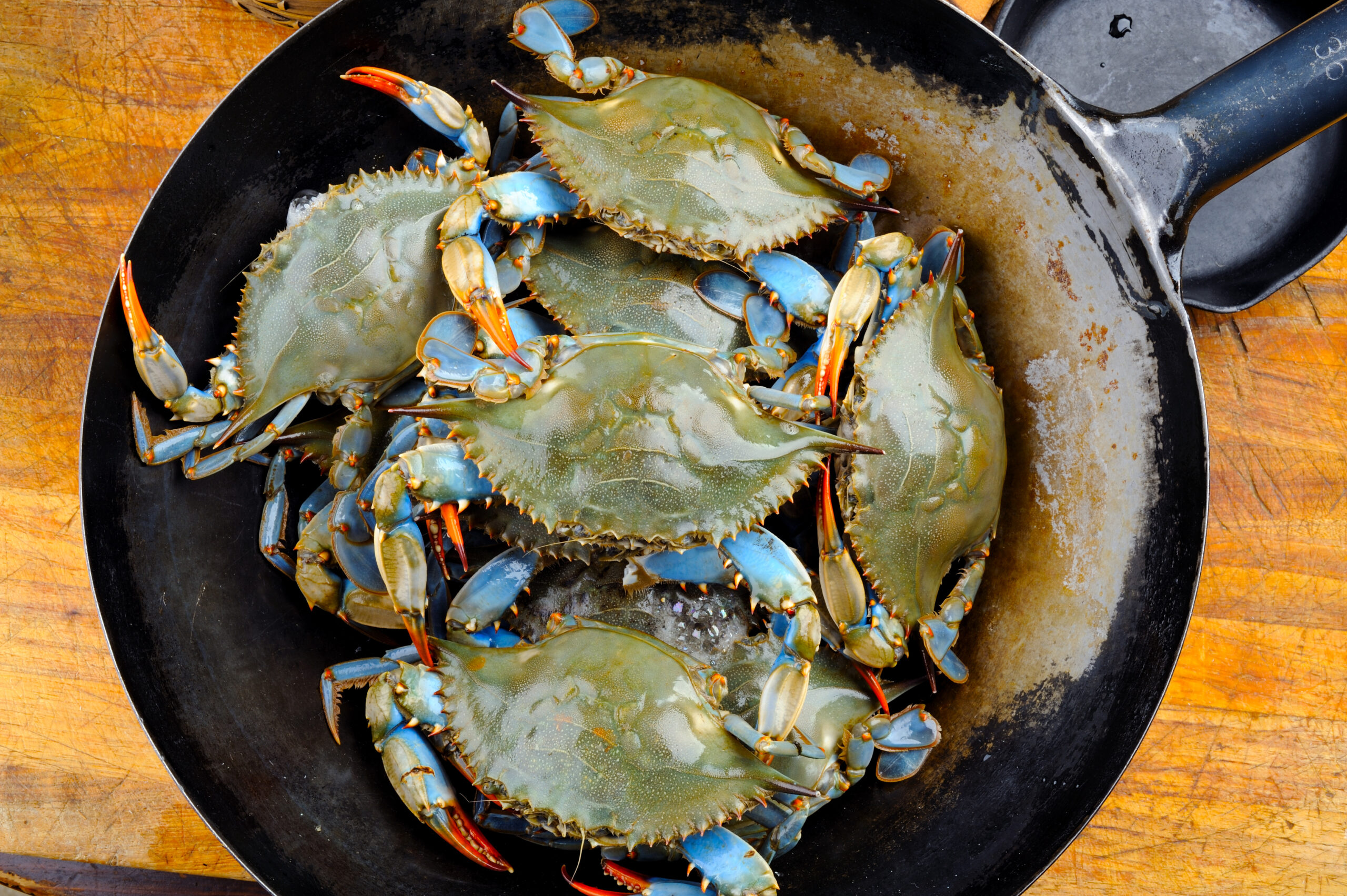
At the end of the Korean War, the United States drew a boundary between the two Koreas. This Northern Limit line is located in the Yellow Sea
However, North Korea does not recognize the boundary, and it prevents the country’s access to blue crabs. To North Korea, the boundary represents an unlawful mandate.
Although it’s about more than crabs, they’re a valuable commodity. In 1999 and 2002, Korean warships went head to head at the start of crab fishing season.
The El Paso Salt War Followed the Mexican-American War
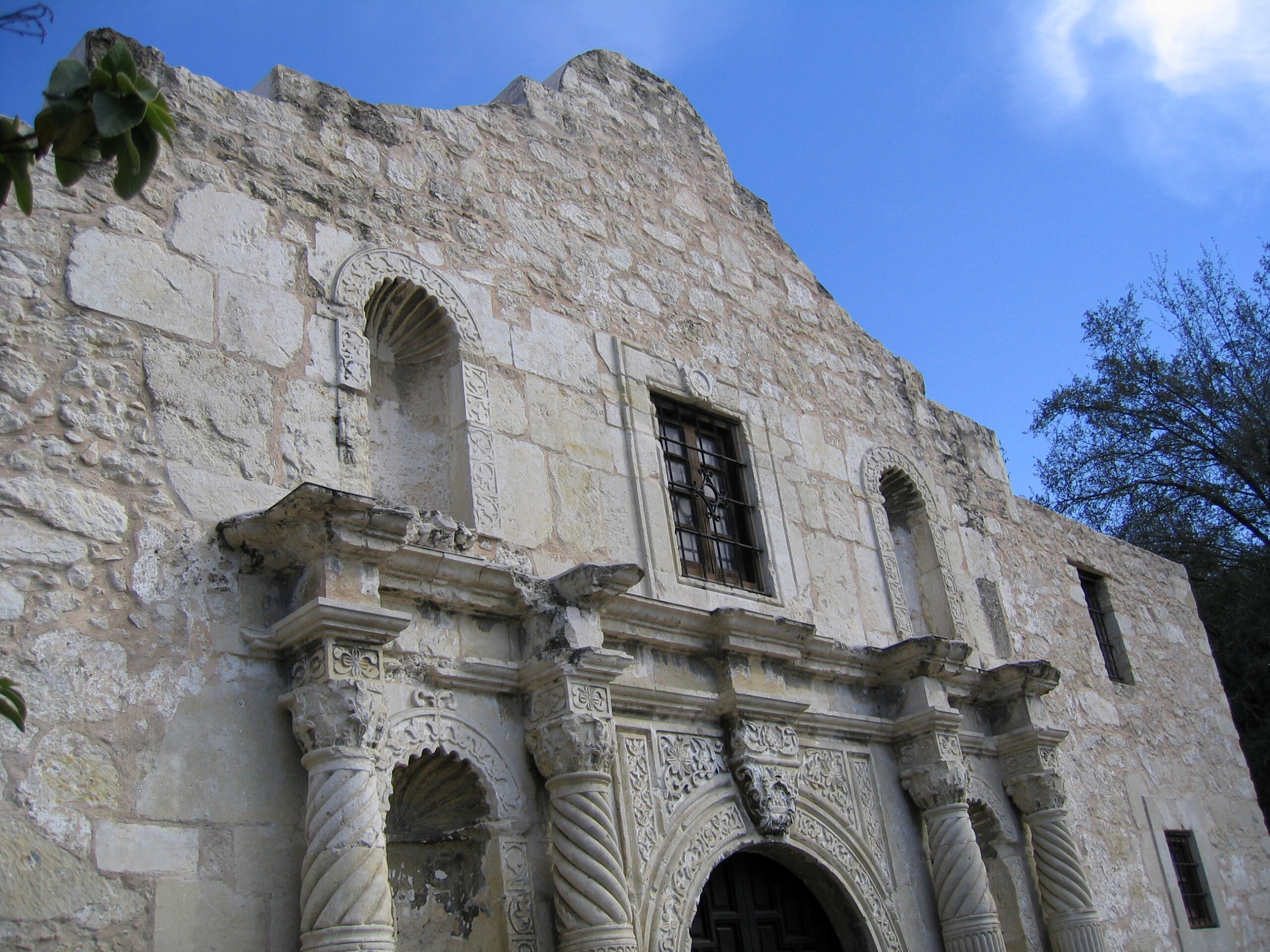
It always comes back to salt. Following the Mexican-American War, there was a violent struggle over access to salt lakes near the border of Texas.
In the aftermath of the war, tensions between the groups in the region didn’t entirely subside. One problem was the fact that property was changing hands.
The United States acquired a vast amount of territory, including the land’s resources. And the salt flats had traditionally been used by native Mexican communities for centuries.
Wine Led the Ottoman Empire to Attack Cyprus

There’s a legend that the Ottomans invaded Cyprus solely for the wine. While that probably isn’t entirely true, wine likely played at least a small part.
The Ottoman Empire was doing great until Sultan Selim II took the helm. He apparently loved Cyprus wine more than his own people, according to legend.
This reportedly led him to the unfortunate decision to invade Cyprus for more wine. He was successful, but the Empire declined from that point on.
Rome Conquered Egypt as a Means to Get Bread and Grain
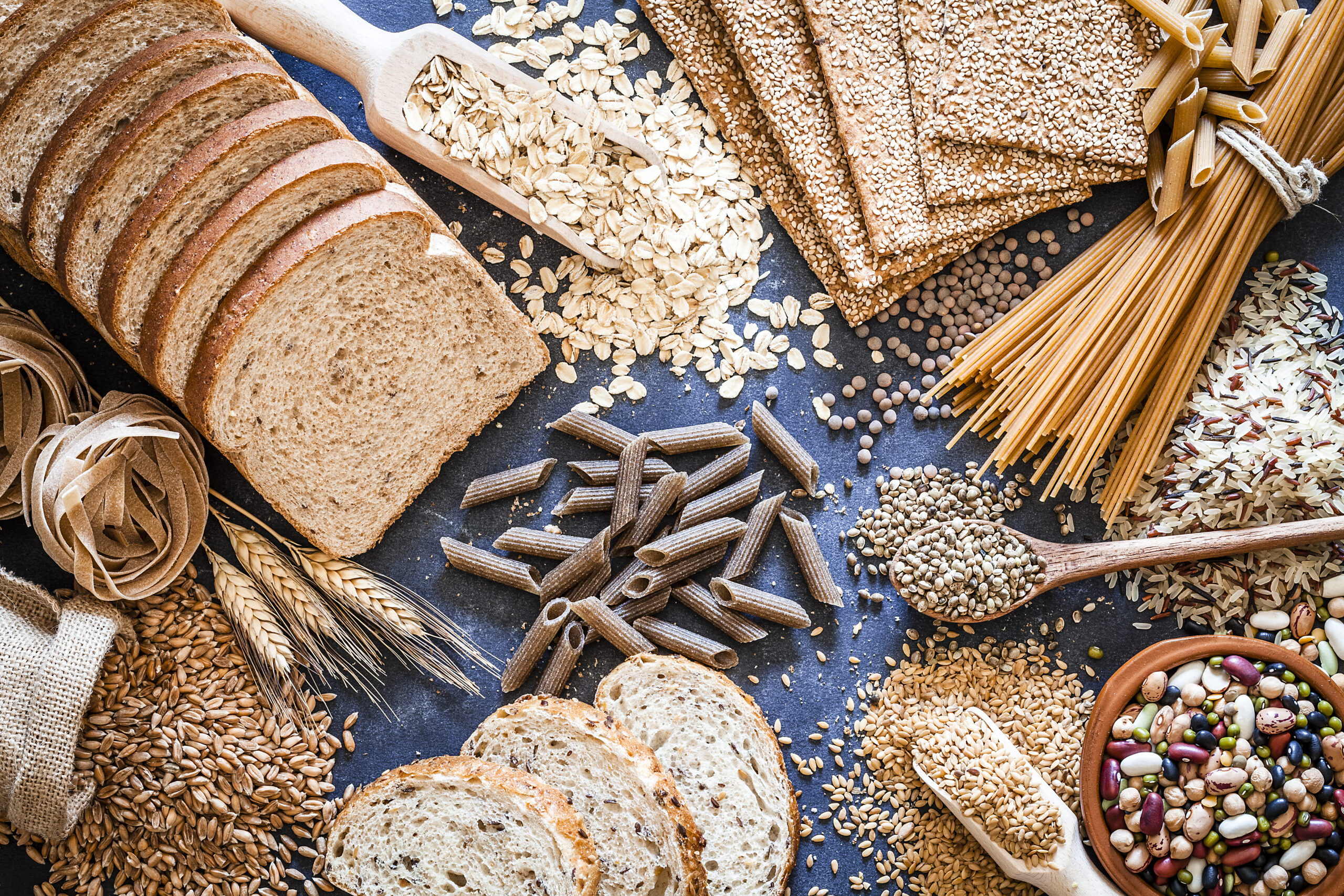
Bread is so essential that it’s sparked multiple wars throughout history, much like salt. It even led Rome to invade Egypt, eventually taking control of the country.
In 30 BC, Rome had a rapidly growing population that needed more food than Rome’s lands could provide. Egypt was a neighbor that had enviably fertile land.
Along the Nile, Egypt’s land was actually known as “the breadbasket” of the Mediterranean. Rome eventually annexed the country after the decisive Battle of Actium.
Pork and Beef Sparked the Indian Rebellion of 1857
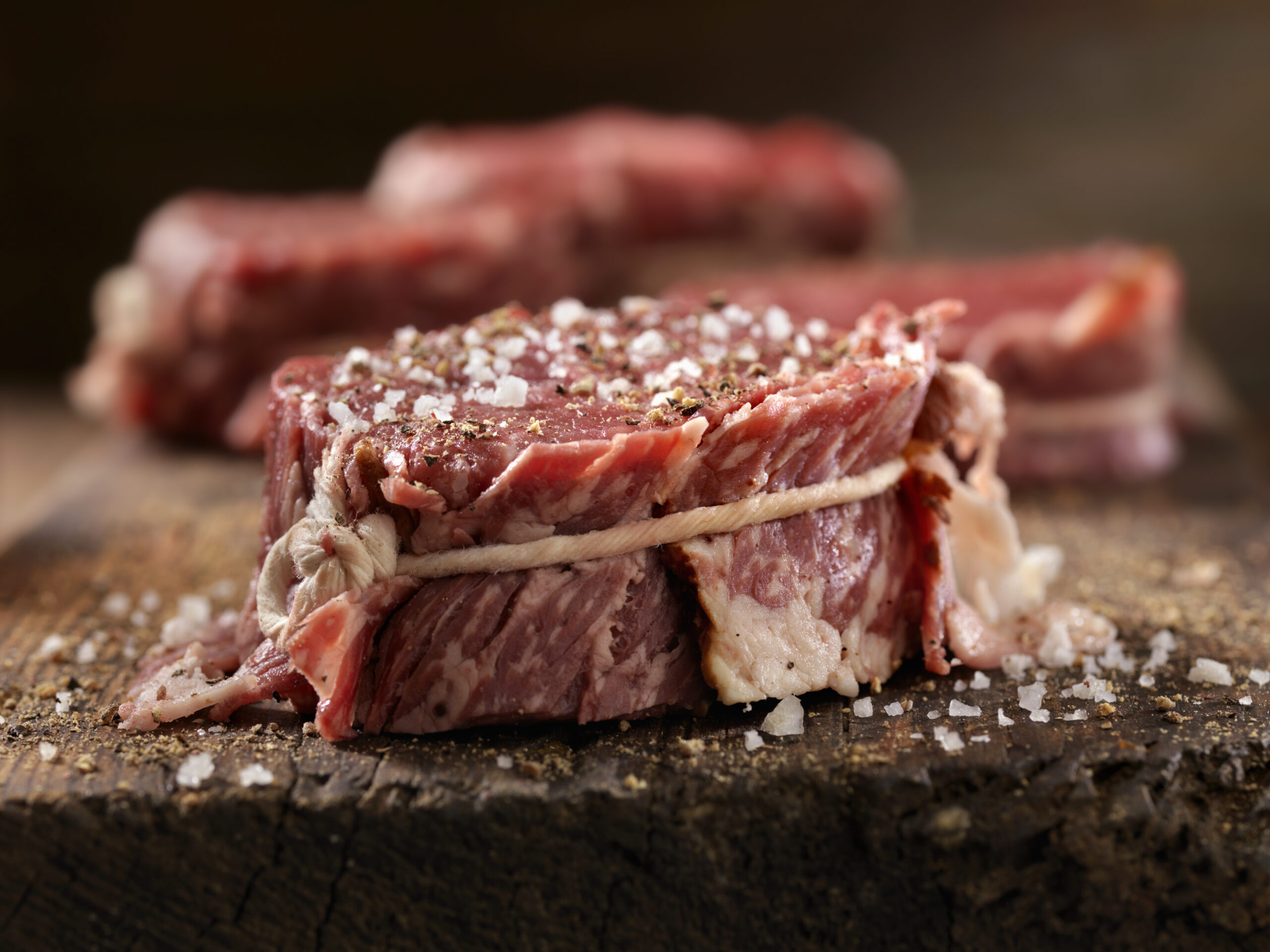
This incident is an example of a time when food started a war unrelated to people’s appetites and dietary needs. This time, it was about weaponry.
Indian soldiers in Britain’s East India Company army were unhappy about using a new rifle cartridge. It was rumored to be greased with pork and beef fat.
The Hindu and Muslim soldiers were deeply offended because this was against their religious beliefs. This helped spark an extensive and violent rebellion against British rule.
Settlers and Native Americans Battled Over a Cow
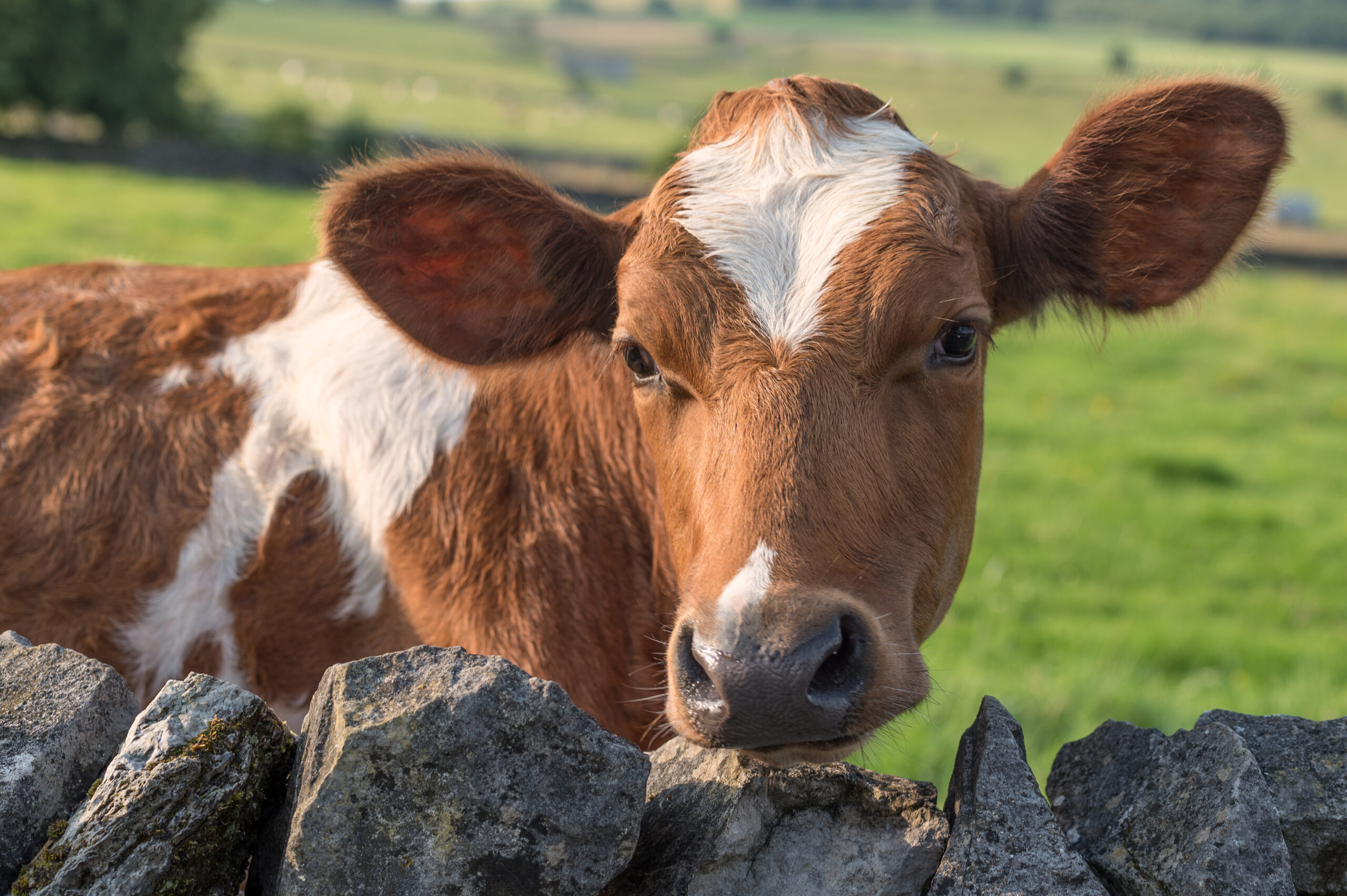
There were an untold number of conflicts between American settlers and Native American populations. But one of those started over a seemingly minor incident involving a cow.
In 1855, a cow wandered into a Native American camp held by the Yakima. The natives killed and presumably ate the cow, leading to a serious dispute.
This was one of the final straws in a series of battles and skirmishes. It became a symbol of the resistance against U.S. expansion into Native lands.
Rice Caused the First Indochina War
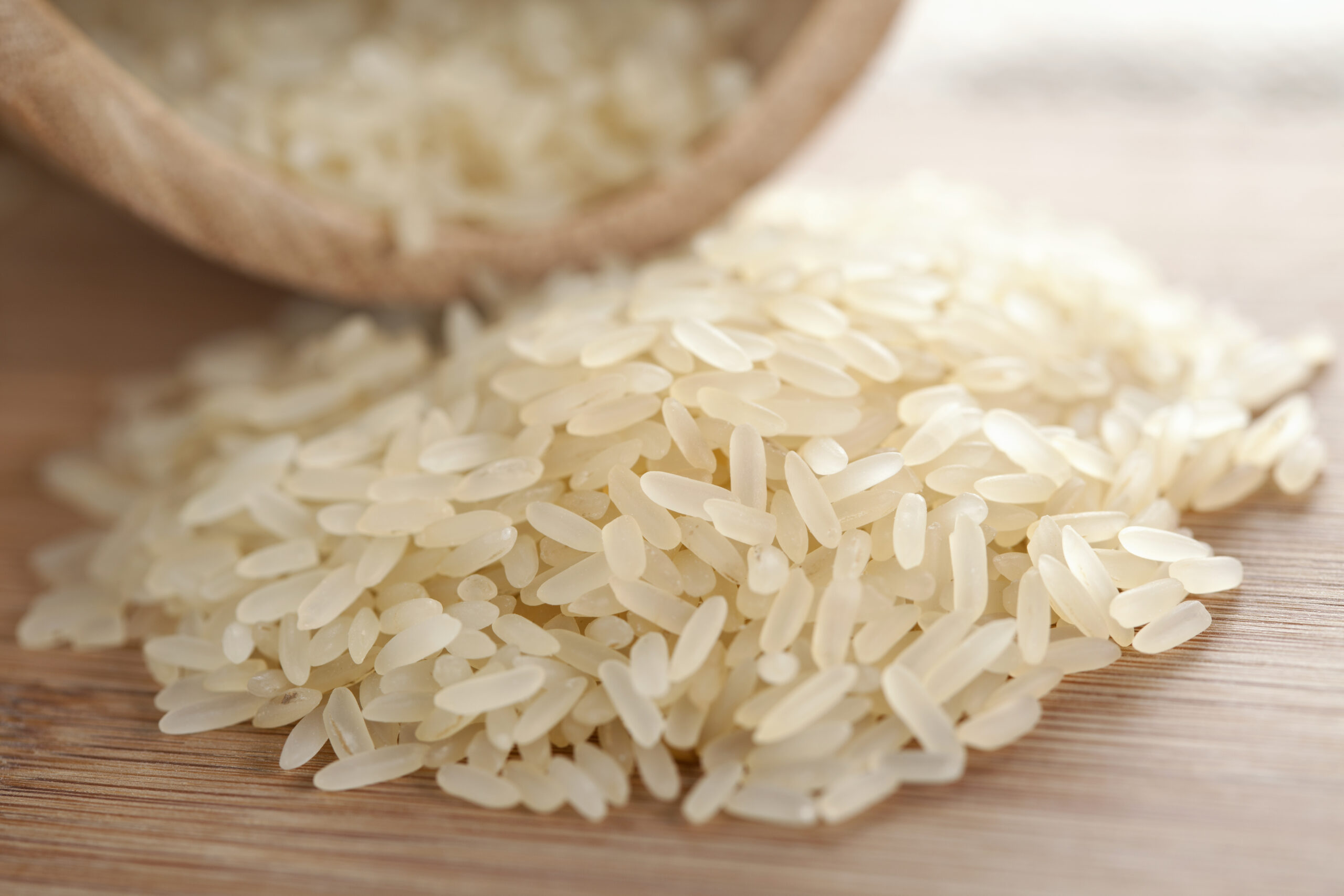
Rice has always been a staple crop in Southeast Asia, and without it, tensions run high. That’s exactly what happened just before the First Indochina War in 1946.
The French colonial administration of the area had complete control over rice production and distribution. This caused serious resentment among the people.
WWII and natural disasters worsened this tension by reducing the rice crop. And this dispute played a major role in motivating the resistance against colonial control.
Pork From Serbia Contributed to WWI
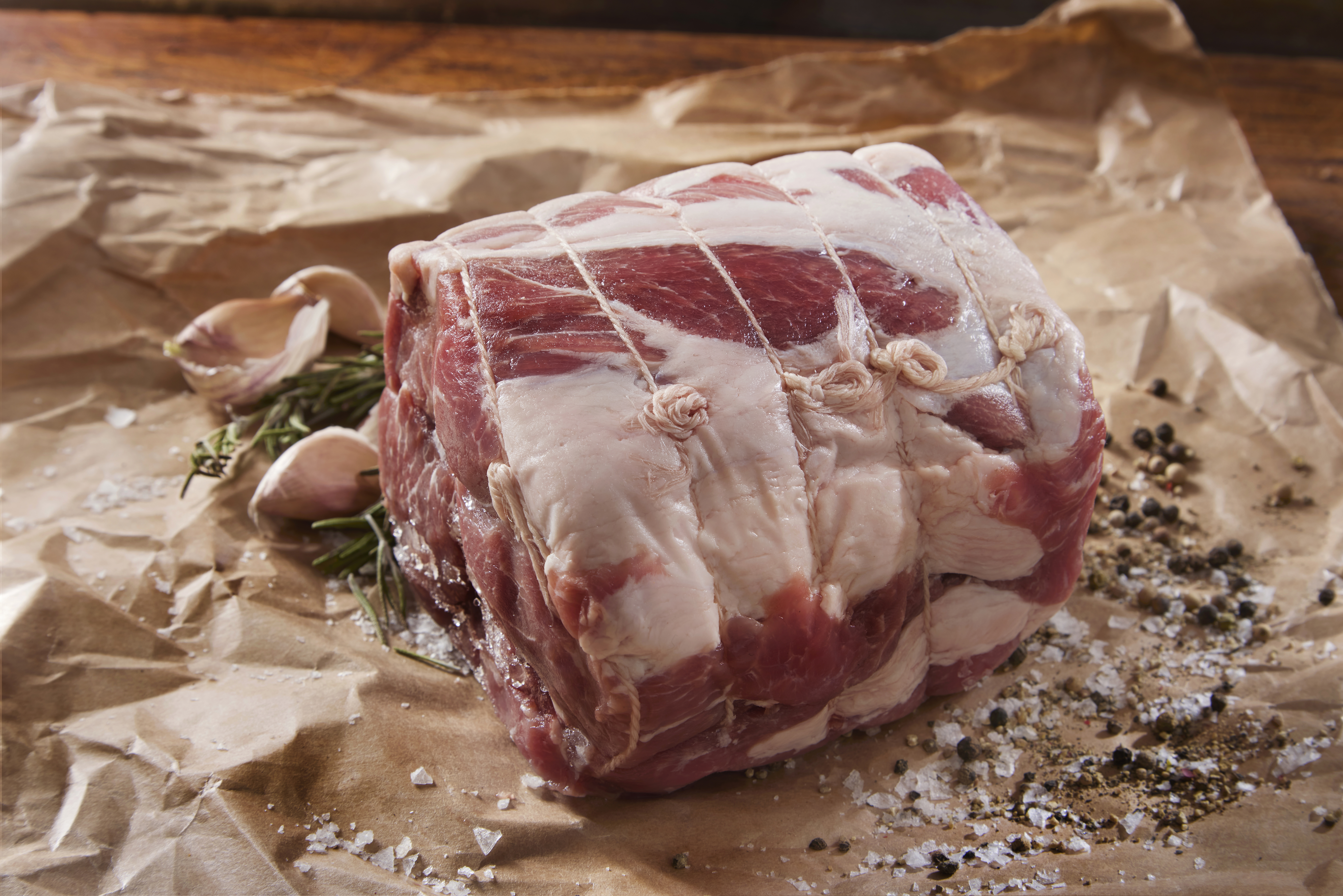
If you paid attention in history class, then you probably know that the catalyst for WWI was the assassination of Archduke Ferdinand. You remember, right?
If you trace that back further, you’ll find a backdrop involving Serbian pork. Before the war, the Austro-Hungarian Empire tried to weaken Serbia by imposing pork tariffs.
This made things even more tense between the two powers and set the stage for nationalistic conflict. So in essence, pork was partly responsible for the war.
The Dutch and Portuguese Fought Over Spices
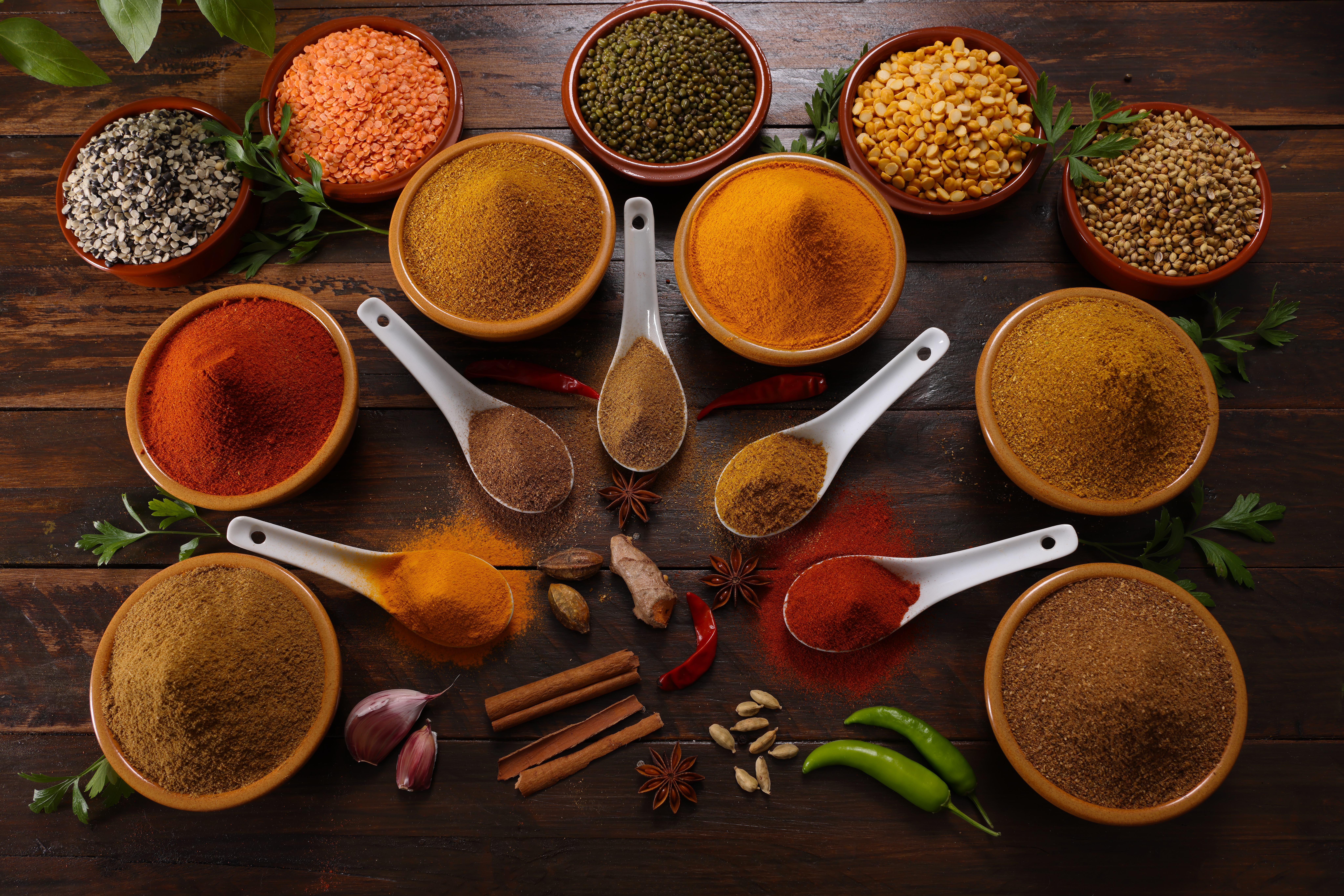
The Dutch and Portuguese battled it out over the lucrative spice trade in the East Indies. Numerous conflicts occurred during the 16th and 17th centuries.
The region is rich in spices like nutmeg and cloves. They were hugely useful spices used in cooking and medicine in Europe and Asia at the time.
Portuguese held a monopoly on these spices, and the Dutch wanted in. The Dutch East India Company eventually sent in military force to establish control.
Sugar Ignited the War of Devine Liberty in Brazil
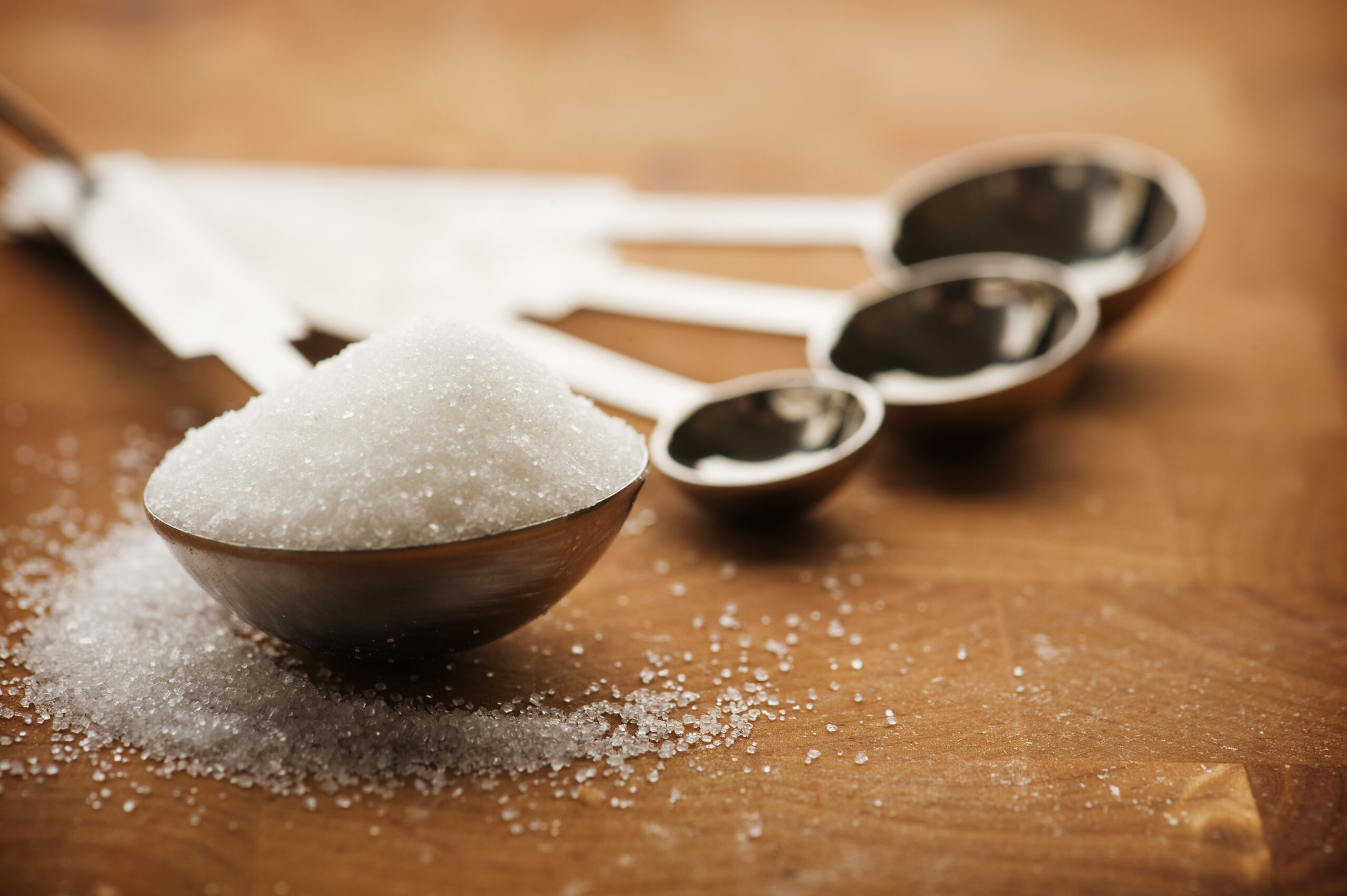
In 1710, the War of Devine Liberty erupted in Brazil between plantation owners and merchants over sugar. It was a highly valuable commodity at the time.
The Merchants made serious money trading sugar, and they used their power to control landowners. This didn’t sit right with the plantation owners, who grew the sugar.
Tensions ignited into violence when plantation owners finally revolted against the merchants founding their own city. The plantation owners called it a fight for “Divine Liberty.”
Australia Fought a War Against Emus

Fighting emus isn’t what we typically think of as a “war.” But for Australians at the time, battling these birds was a matter of life or death.
After WWI, many Australian soldiers settled as farmers in Western Australia. But shortly later, thousands of emus invaded their farms, destroyed the land, and ate the crops.
It was so serious that the government sent in soldiers with machine guns to stop the emus. Unfortunately (or fortunately, if you’re an emu), it didn’t work.
There Was a Pork and Beans War
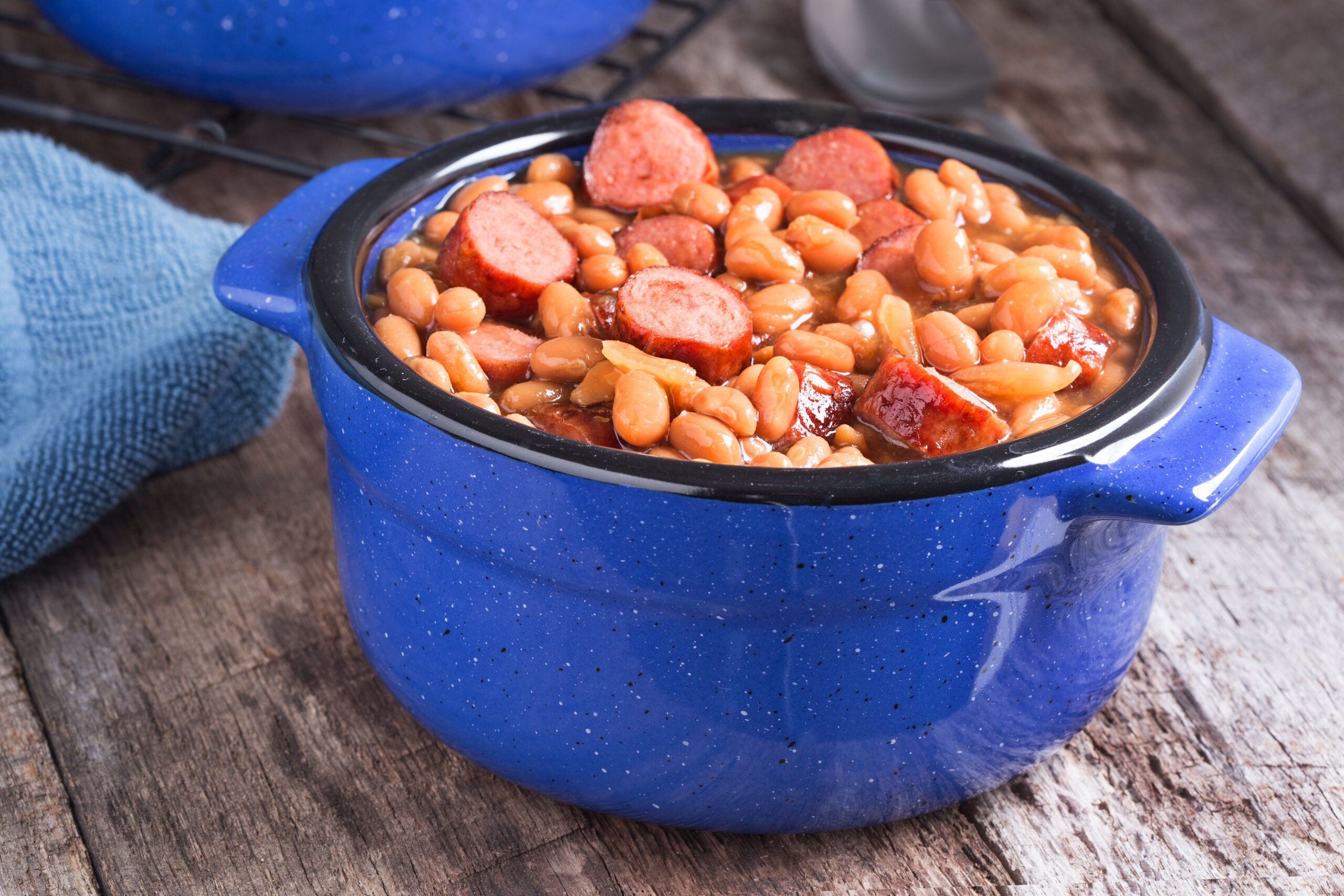
In the early 19th century, the Aroostook War broke out over Maine’s northern maritime border with Canada. It was also known as the Pork and Beans War.
Militia men from Maine and Canada were involved, although there was no actual combat involved. The hearty northerners subsisted largely on franks and beans.
Some sources say that the conflict was resolved by an unexpected shipment of beans. Others say that the militiamen bonded over the dish. We’ll never know.
Ancient Armies Would “Salt the Earth”
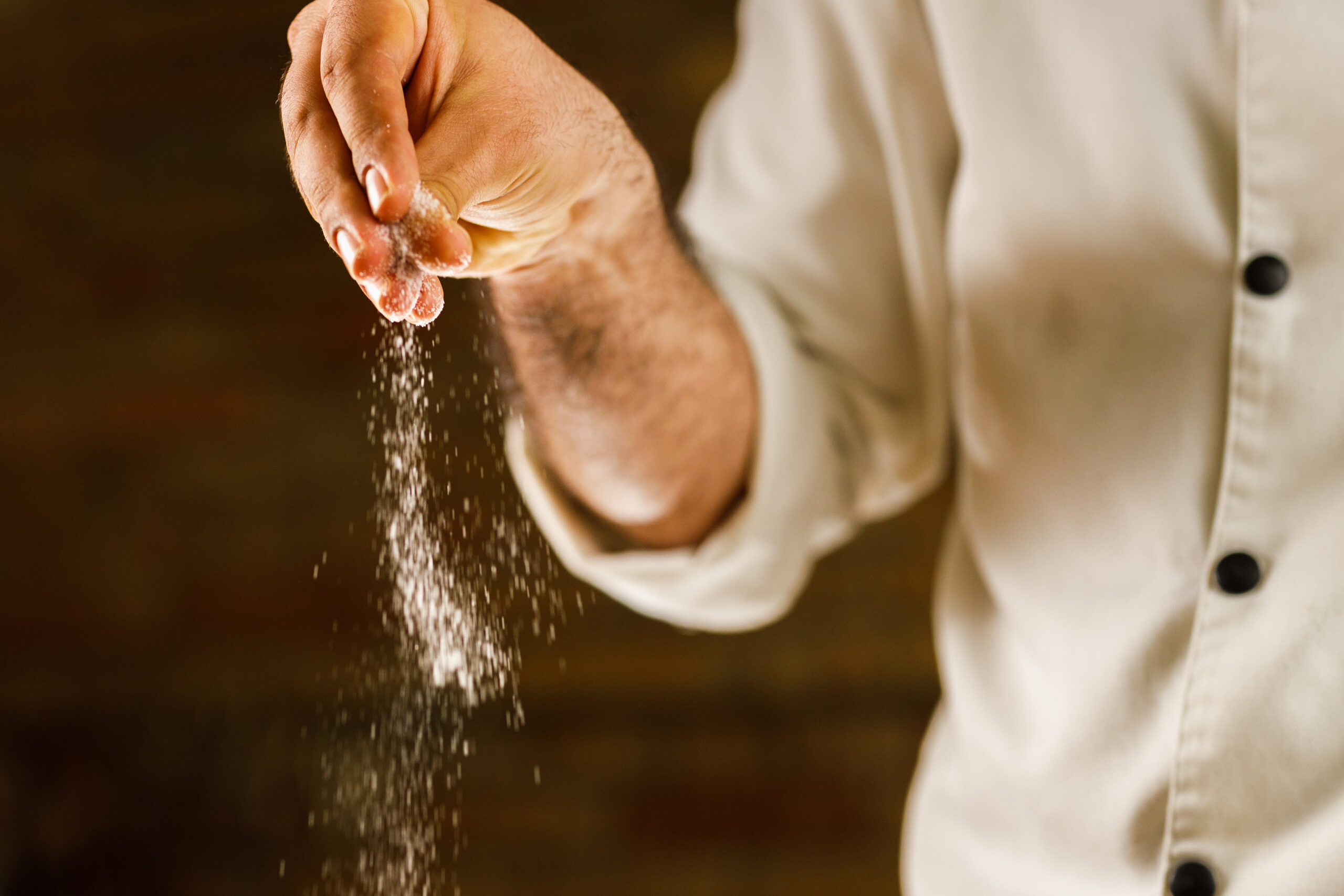
Back to salt again, you can’t talk about times food started a war without talking about salted-earth tactics. This military strategy utilizes the foodstuff for control.
Specifically, soldiers often salted the earth of enemy territory to prevent them from reinhabiting the land. And it goes back as far as ancient Greece.
One of the most famous uses of this tactic was Rome’s salting of Carthage. However, it’s not thought that this instance was a myth, added for flair.
Soldiers Poisoned the Other Side with Spoiled Meat
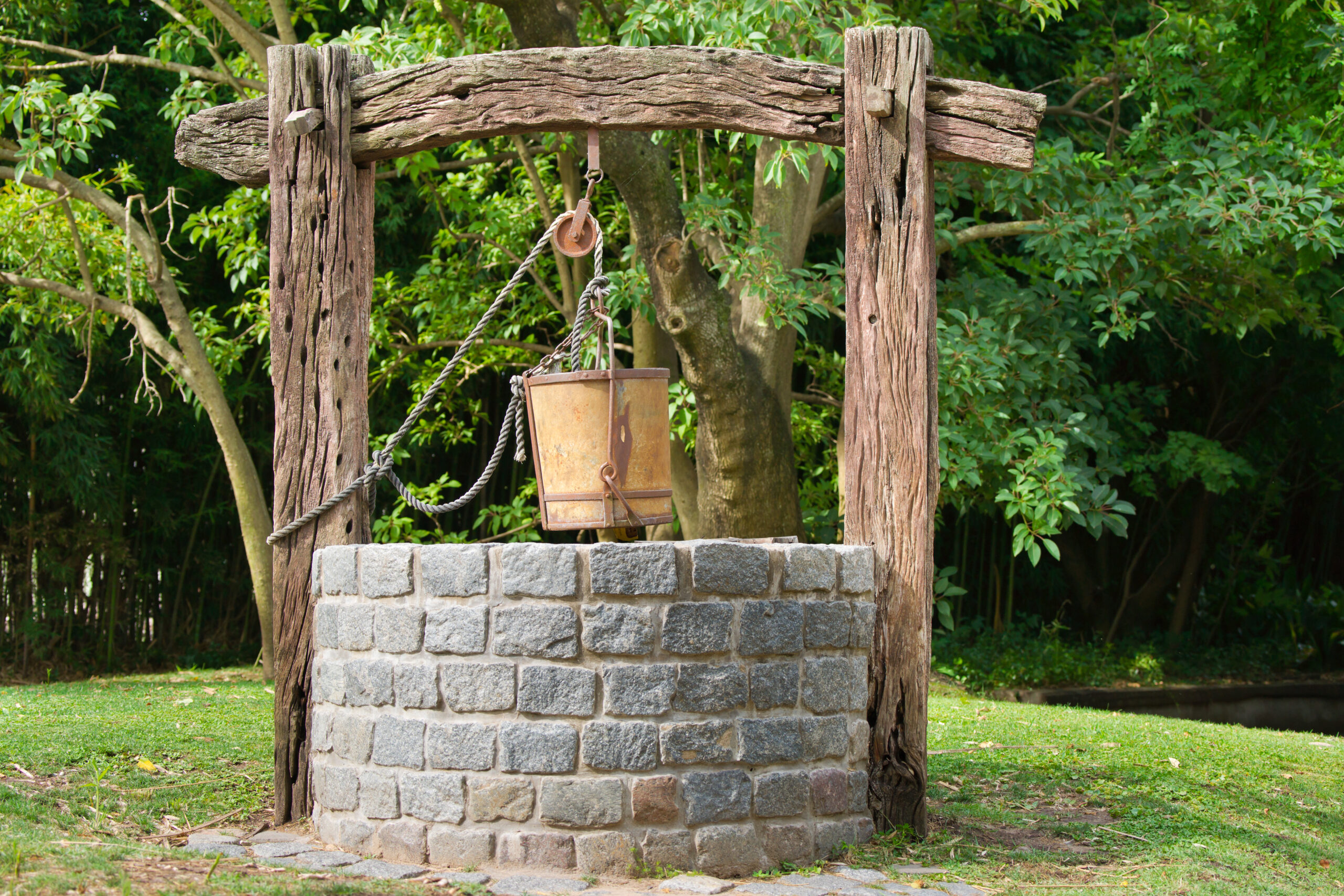
There are numerous reports of early “chemical warfare” being fought with spoiled meat and dead animals. One common story is about the Civil War and Confederate soldiers.
The story goes that Confederate soldiers dumped dead animals into Union Army water supplies. This was once a common practice and goes back to ancient Rome.
We’re not sure what kind of animals they used. But we have to imagine that they weren’t against dumping their leftover moldy meats into enemy wells.
Food Preservation Has Helped Wars Last Longer
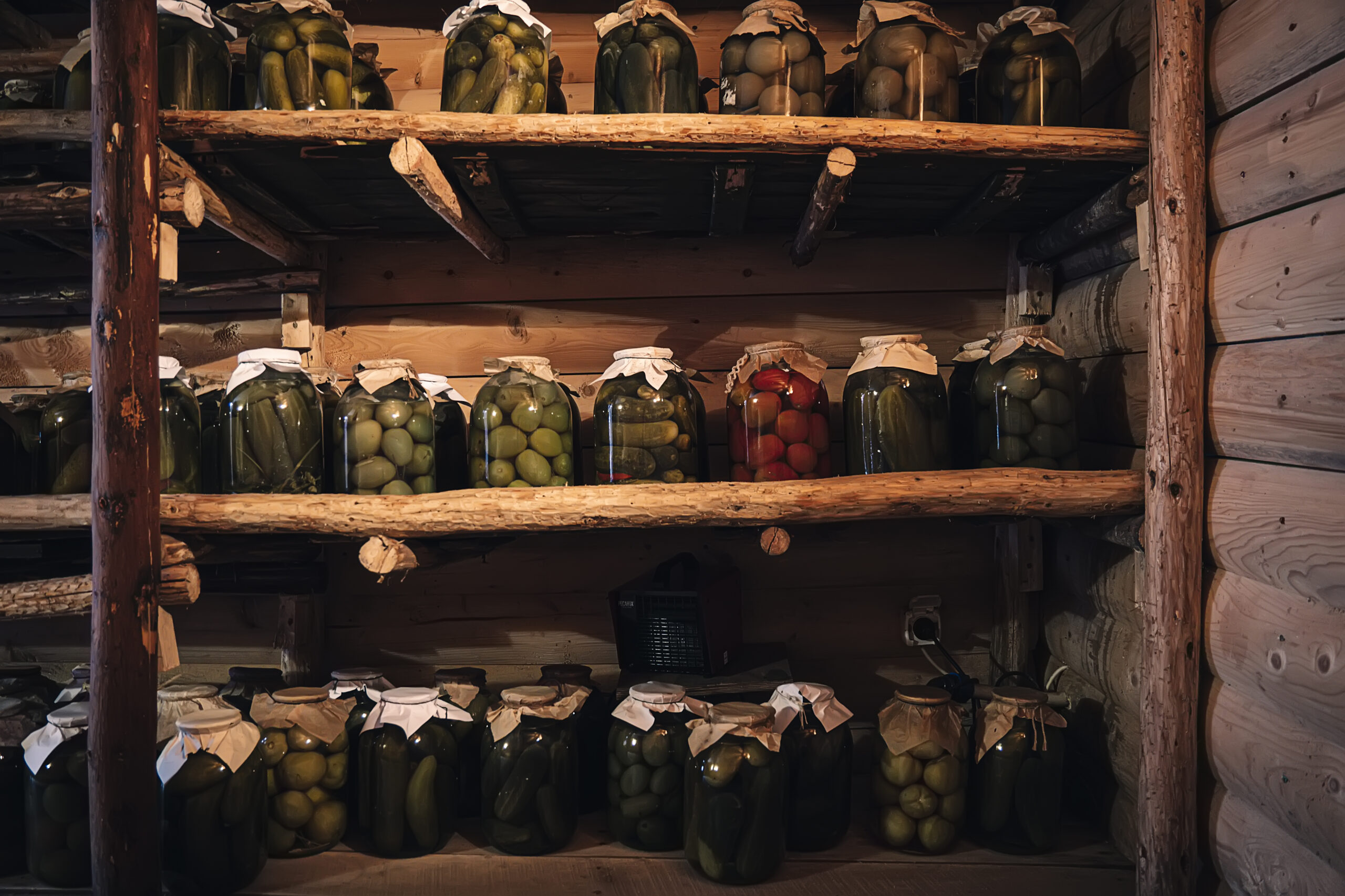
Food preservation hasn’t just made it easier for us to stock up on Spaghettios. It also had the unfortunate effect of helping wars last longer.
New innovations, such as canning, curing, and drying in the 19th century meant WWI armies could stay fed. They didn’t have to rely on local food sources.
We take for granted the ability to reach into the cupboard for a nutritious meal in a can. But it’s important to remember how this affected history.
Frozen Foods Bolstered US Troops During WWII
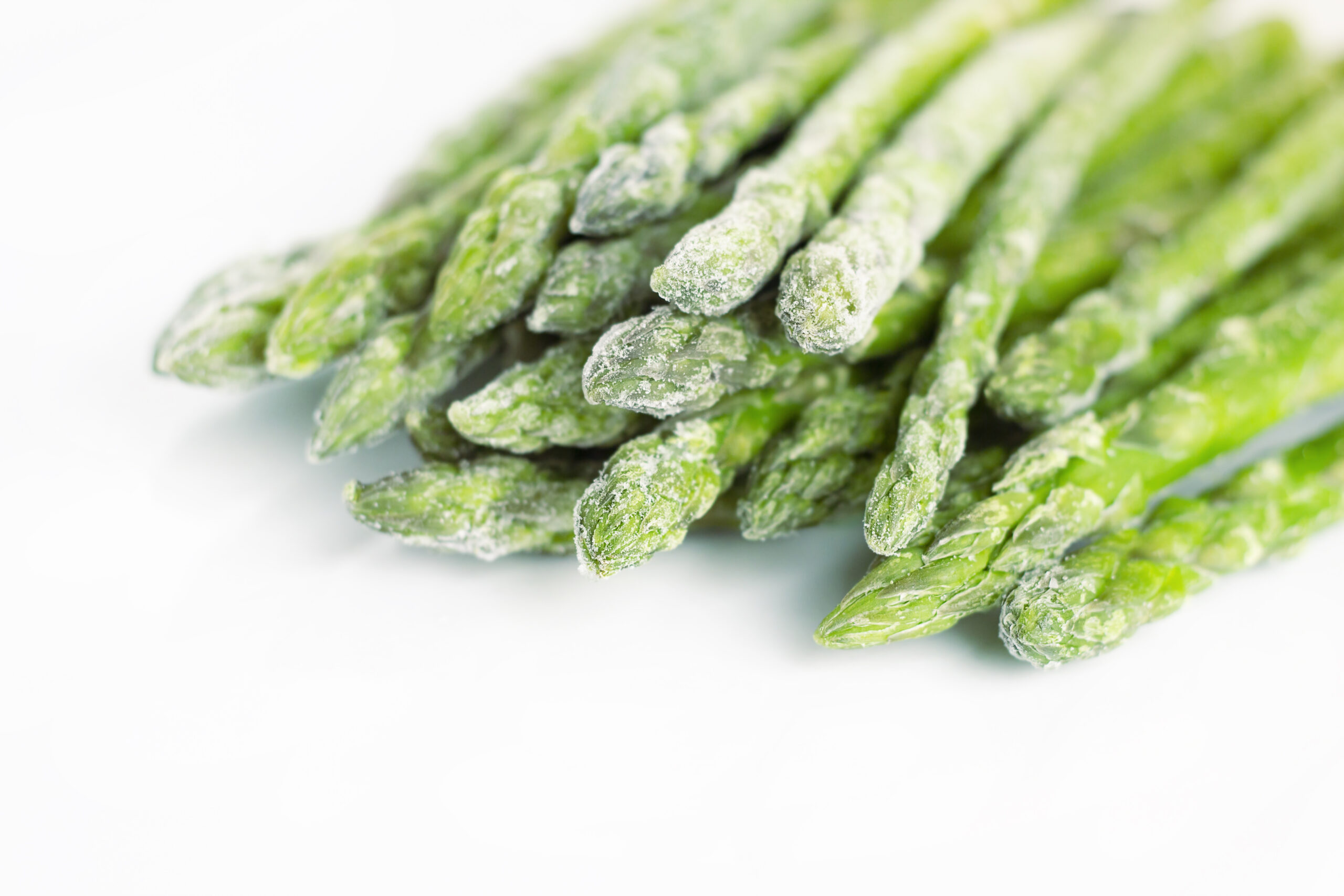
Preservation methods like canning and curing helped prolong battles in the early 19th century. In the 20th century, new innovations in freezing did the same.
During World War II, refrigeration technology was crucial for storing and transporting perishable food supplies to troops. This military purpose actually drove refrigeration and freezing innovation.
With frozen food, armies could be supplied with food over greater distances and for longer. So while frozen food didn’t start a war, it didn’t help things.
The US Tested Radiation on Fruits and Vegetables

Glow-in-the-dark carrots? Maybe not. But the United States did embark on some intriguing experiments to understand how radiation affected biological lifeforms, including fruits and vegetables.
Scientists at the time wanted to see if exposing foods to radiation could preserve them longer without the use of chemicals. Spoiler alert: not a great idea.
This line of nuclear experimentation was part of a wider range of radiation research. Unfortunately, this research also had implications for the development of nuclear weapons.
The Price of Food Sparked the Arab Spring
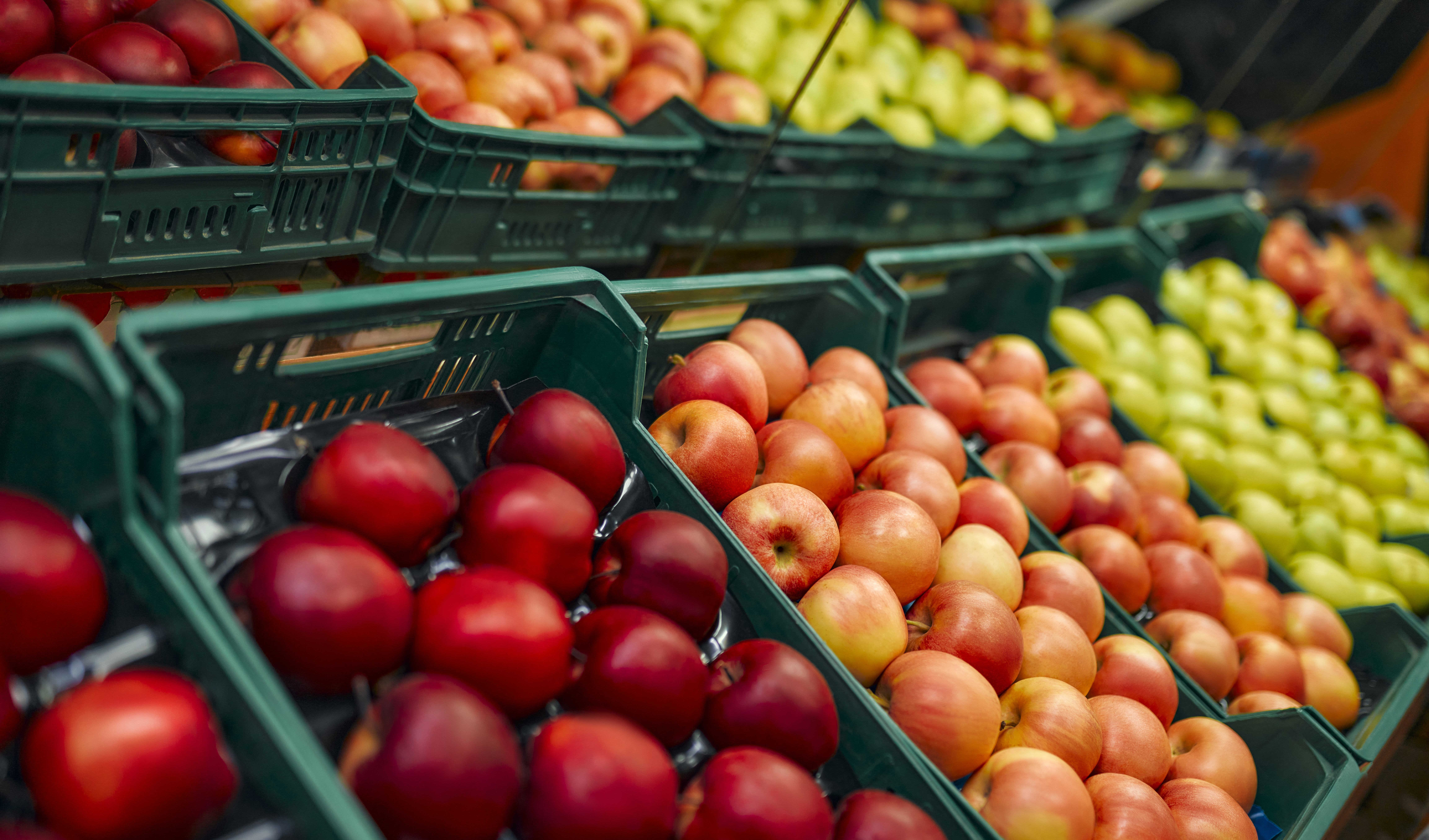
When people can’t access the nutrition they need, tempers can boil over. That was the case in 2015 when food prices contributed to the Arab Spring.
Food became so expensive in these countries that it was difficult for many people to afford daily meals. But this dire situation didn’t happen overnight.
It was the result of poor harvests, rising food prices, and economic policies that made life harder for the average person. This sparked a major uprising.
The Cod Wars Were Fought Over Fishing Rights
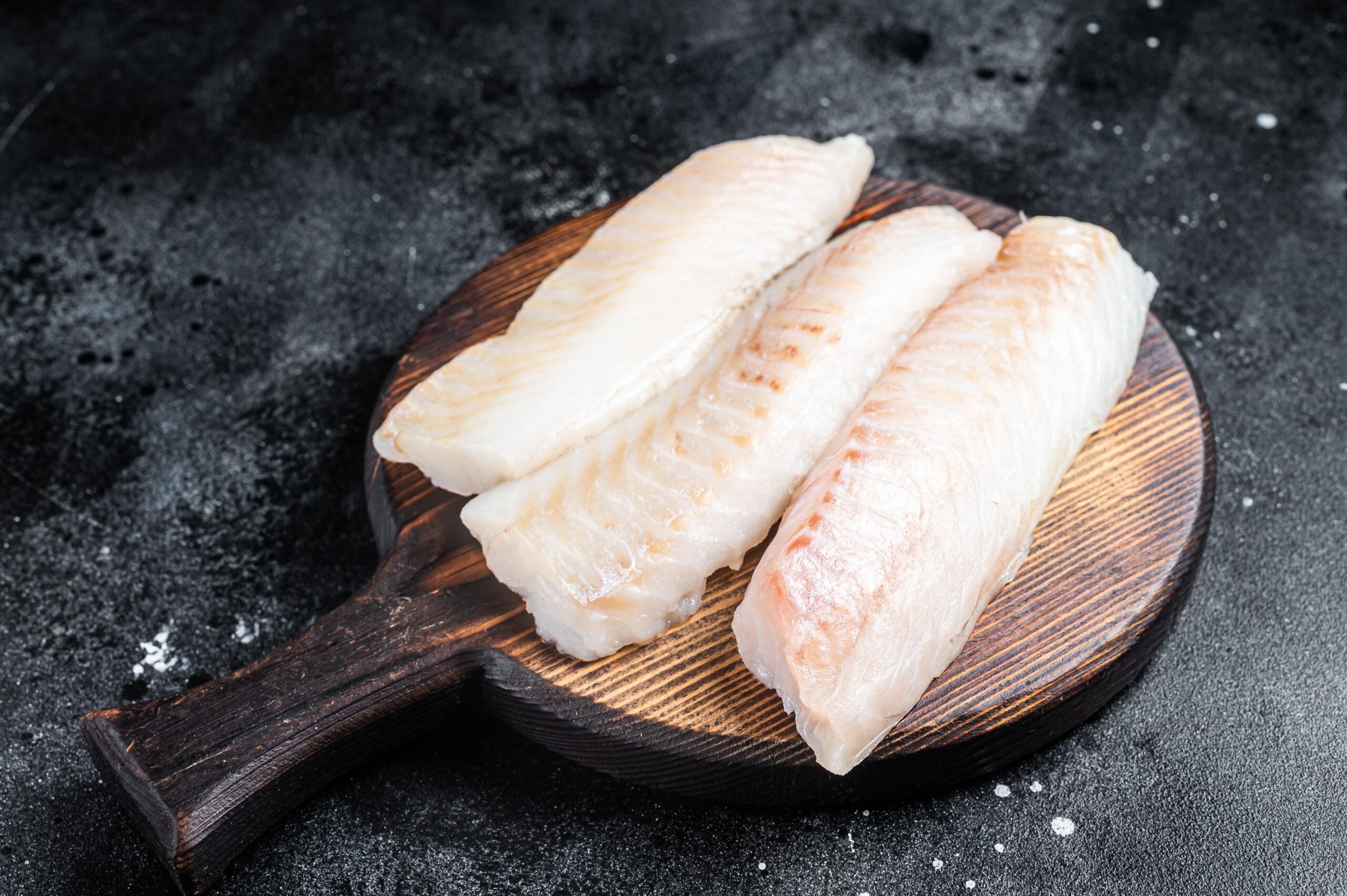
No, the Cod War wasn’t a war fought between neighboring schools of fish. It was a series of major disagreements between countries over cod fishing rights.
It started in 1952, when Icelandic law expanded the fishery zone, which NATO and the UK strongly disagreed with. This encroached on the UK’s lucrative fishing zones.
While the Cod Wars weren’t fought with guns and soldiers, there were some serious skirmishes between fishing vessels. The Cod Wars continued into the ’70s.
Britain Battled India Over Spices
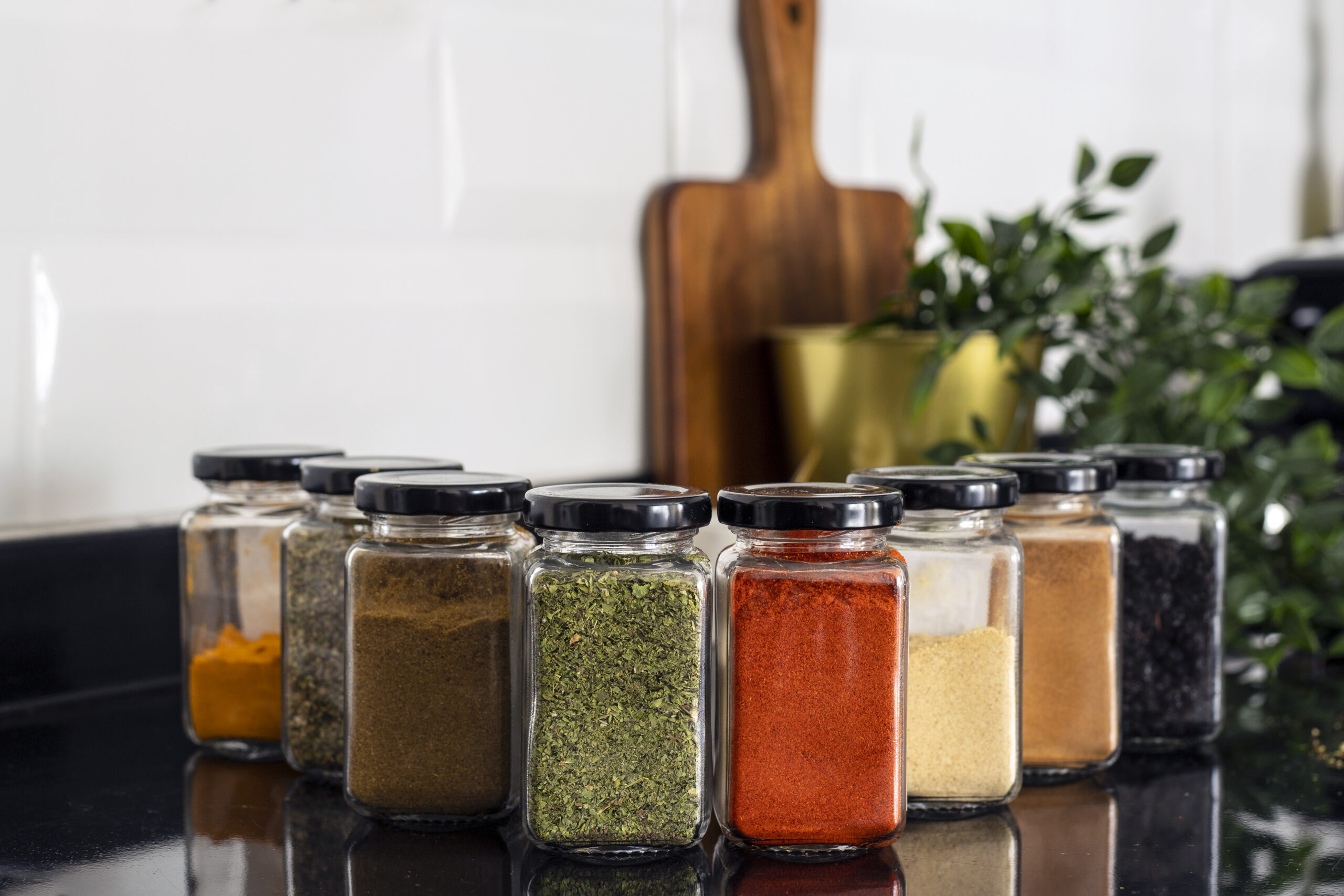
Britain and India have been battling over spices since the late 15th century. In this age of exploration and colonialism, Britain wanted to lay claim to valuable resources.
The British East India Company was established to trade ultra-valuable Indian Spices in 1600. The EIC eventually used military force to establish dominance in the region.
This helped lay the groundwork for British rule in India, which lasted until India fought for its independence and won in 1947. Spices are serious business.
Pearl Harbor Was Partially Sparked by Food

The attack on Pearl Harbor in 1941 was sparked by more than just military strategy. Food also played a surprising role in Japan’s decision to attack.
Leading up to the attack, the U.S. had placed trade embargoes on Japan. This essentially cut off essential resources, including those vital for producing food.
Faced with the threat of being unable to sustain its military or feed its people, Japan saw attacking the U.S. as a way to regain those resources.
History’s Most Famous Food Fights
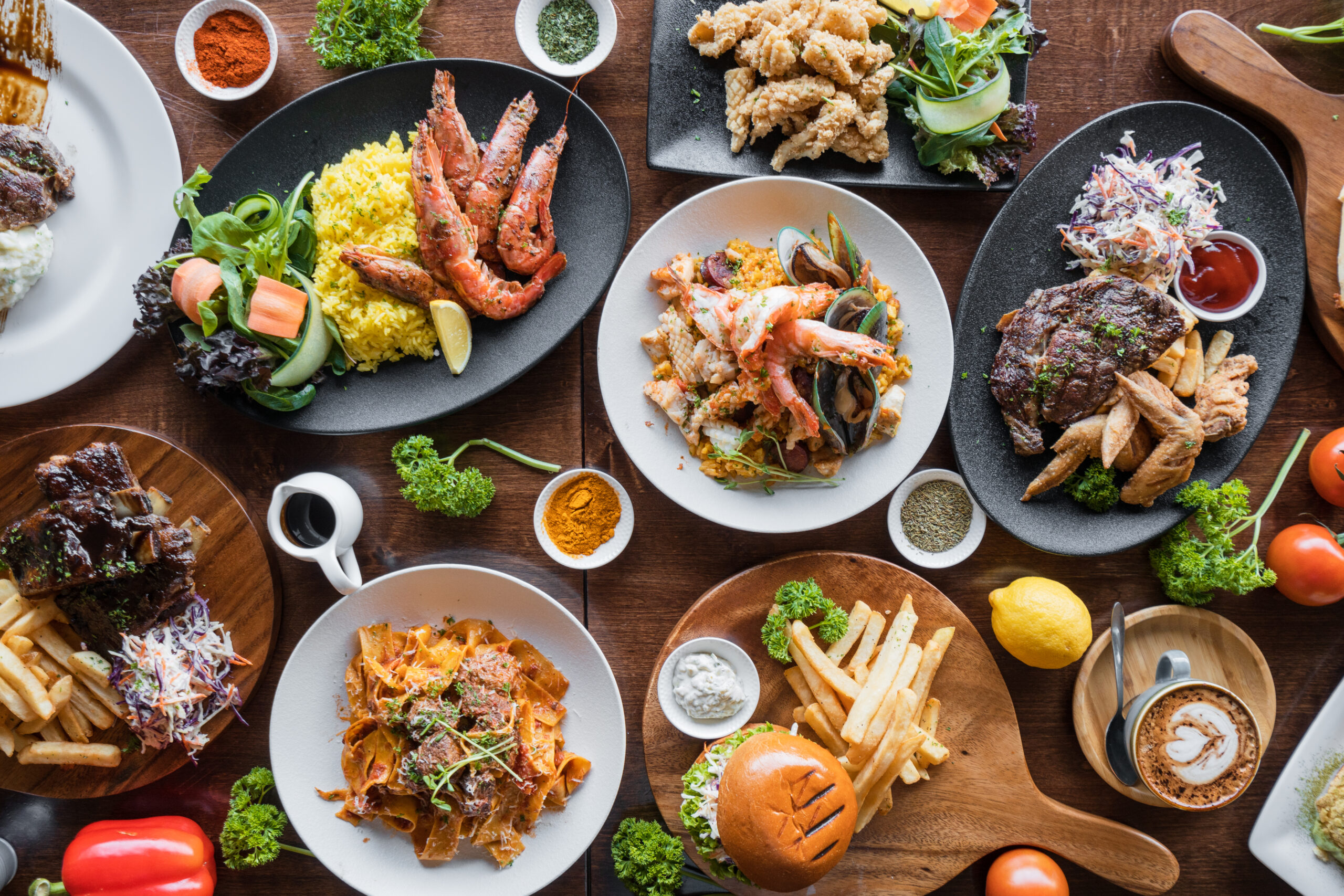
As you can see, food is so important to people’s well-being that it often leads to conflict. From fish to spices, food has serious power.
Next time you’re at the grocery store, consider how those canned goods helped prolong battles in the 19th century. Or how the spice aisle caused serious strife.
These aren’t the kinds of food fights you might see in a Disney Channel Original Movie. Instead, these are real times food started serious international conflicts.

